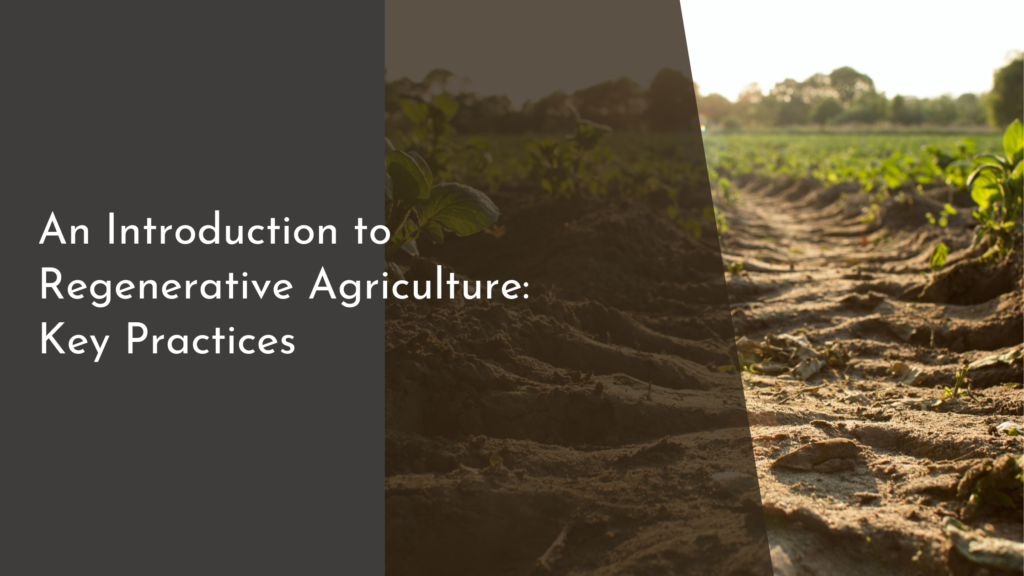How to Educate Others About the Importance of Carbon Offsetting
Climate change has become an undeniable reality, impelling individuals, communities, and corporations to seek effective measures to reduce their carbon footprints. One such measure gaining traction is carbon offsetting. While this term might seem complex, it’s a straightforward concept, and its implementation can substantially mitigate environmental impacts. This article explores methods to educate others about carbon offsetting, aiming to foster a more informed and proactive society in the battle against climate change.
Understanding Carbon Offsetting Basics
Carbon offsetting refers to compensating for emitted greenhouse gases by investing in projects that reduce carbon dioxide or other greenhouse gases in the atmosphere. These projects often include renewable energy initiatives, reforestation, and energy efficiency improvements. Understanding the fundamentals of carbon offsetting helps people appreciate its benefits and the role it plays in achieving net-zero emissions. When people comprehend the concept, they are more likely to engage in practices that support carbon neutrality.
To educate people about carbon offsetting, it’s crucial to break down the concept into easily digestible parts. Start by explaining the carbon cycle and the significance of balancing emissions with absorptions. Provide real-world examples of successful carbon offset programs and their environmental impacts. Offering simple analogies, like comparing carbon offsetting to planting trees to absorb the same amount of carbon a person produces, can make the idea more relatable and easier to grasp. Clear communication and relatable examples are key to fostering understanding.
Engaging Communities in Climate Education
Communities play a vital role in fostering environmental awareness and action. Engaging them in climate education involves organizing interactive workshops, seminars, and online webinars focusing on carbon offsetting and sustainability. These sessions can attract local residents and organizations, encouraging them to explore collaborative actions for reducing carbon emissions. Active participation and open dialogue can lead to innovative community-driven solutions and initiatives.
Involving schools, local businesses, and community centers in climate education ensures a broader reach and impact. Collaborate with educators to integrate climate change topics into school curriculums, inspiring the younger generation to champion environmental causes. Partner with local businesses to create incentives for adopting carbon-neutral practices, thus promoting community-wide initiatives. These collaborative efforts can cultivate a culture of sustainability and inspire real change at the grassroots level.
Creative Ways to Spread the Carbon Message
Harnessing the power of social media platforms is an effective way to spread the carbon message creatively. Engaging content such as infographics, short videos, and testimonials can capture the attention of a broader audience. Running campaigns with a particular theme or challenge—like a "Carbon Footprint Reduction Challenge"—can motivate followers to participate and share their experiences. By creating interactive and visually appealing content, the message of carbon offsetting can reach a global audience.
Art and storytelling can also play significant roles in spreading awareness about carbon offsetting. Encourage local artists and writers to express their interpretation of climate change and carbon offsetting through their work. Organize art exhibitions, storytelling events, or digital galleries that revolve around environmental themes. These creative expressions can resonate deeply and leave a lasting impression on people, prompting them to consider their role in the global effort to reduce carbon emissions.
Concluding Thoughts on Carbon Offsetting Advocacy
Advocating for carbon offsetting requires persistent effort and a willingness to educate others about its significance. Emphasizing the potential impact of collective action can inspire individuals and communities to prioritize sustainable practices. By championing carbon offsetting, we can drive meaningful progress toward a healthier planet. It’s about creating a ripple effect—one person’s understanding can lead to community-wide changes, eventually contributing to global efforts against climate change.
As advocates, it’s important to remain optimistic and resilient in the face of challenges. The journey to widespread understanding and adoption of carbon offsetting is gradual, but each step forward is significant. Let’s continue to raise awareness, engage with our communities, and explore innovative ways to spread the message. Together, we can make a substantial difference in creating a more sustainable and environmentally friendly future.
Educating others about carbon offsetting is a critical step towards addressing climate change. By understanding the basics, engaging communities, and spreading the message creatively, we can pave the way for a more sustainable world. As you advocate for carbon offsetting, remember that every conversation and effort counts. Your voice can inspire others to join the fight for our planet, leading to a collective effort that has the potential to change the world for the better.

